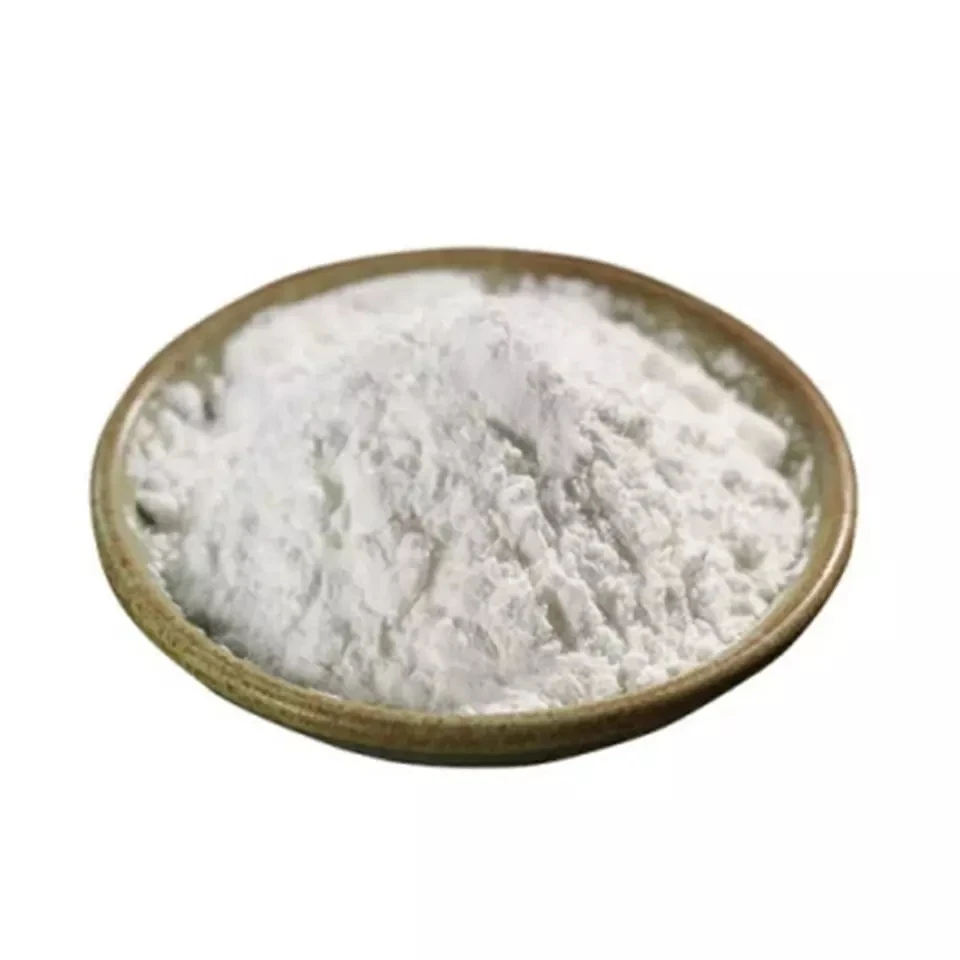Warning: Undefined array key "title" in /home/www/wwwroot/HTML/www.exportstart.com/wp-content/themes/1198/header.php on line 6
Warning: Undefined array key "file" in /home/www/wwwroot/HTML/www.exportstart.com/wp-content/themes/1198/header.php on line 7
Warning: Undefined array key "title" in /home/www/wwwroot/HTML/www.exportstart.com/wp-content/themes/1198/header.php on line 7
Warning: Undefined array key "title" in /home/www/wwwroot/HTML/www.exportstart.com/wp-content/themes/1198/header.php on line 7
- Afrikaans
- Albanian
- Amharic
- Arabic
- Armenian
- Azerbaijani
- Basque
- Belarusian
- Bengali
- Bosnian
- Bulgarian
- Catalan
- Cebuano
- China
- China (Taiwan)
- Corsican
- Croatian
- Czech
- Danish
- Dutch
- English
- Esperanto
- Estonian
- Finnish
- French
- Frisian
- Galician
- Georgian
- German
- Greek
- Gujarati
- Haitian Creole
- hausa
- hawaiian
- Hebrew
- Hindi
- Miao
- Hungarian
- Icelandic
- igbo
- Indonesian
- irish
- Italian
- Japanese
- Javanese
- Kannada
- kazakh
- Khmer
- Rwandese
- Korean
- Kurdish
- Kyrgyz
- Lao
- Latin
- Latvian
- Lithuanian
- Luxembourgish
- Macedonian
- Malgashi
- Malay
- Malayalam
- Maltese
- Maori
- Marathi
- Mongolian
- Myanmar
- Nepali
- Norwegian
- Norwegian
- Occitan
- Pashto
- Persian
- Polish
- Portuguese
- Punjabi
- Romanian
- Russian
- Samoan
- Scottish Gaelic
- Serbian
- Sesotho
- Shona
- Sindhi
- Sinhala
- Slovak
- Slovenian
- Somali
- Spanish
- Sundanese
- Swahili
- Swedish
- Tagalog
- Tajik
- Tamil
- Tatar
- Telugu
- Thai
- Turkish
- Turkmen
- Ukrainian
- Urdu
- Uighur
- Uzbek
- Vietnamese
- Welsh
- Bantu
- Yiddish
- Yoruba
- Zulu
Dec . 17, 2024 03:33 Back to list
saccharin
The Sweet Story of Saccharin A Journey Through Time
Saccharin, a compound that has been both celebrated and vilified, carries a legacy that dates back to the late 19th century. It is a fascinating example of how science, health, and societal perceptions intersect in the realm of food production and consumption. This article delves into the history, properties, controversies, and current status of saccharin, highlighting its significance in our ongoing quest for sweetness without calories.
Saccharin was first discovered in 1879 by a young chemist named Konstantin Fahlberg at Johns Hopkins University. While conducting research on coal tar derivatives, Fahlberg noticed a sweet taste on his hands after eating bread. Upon further investigation, he isolated a compound he named saccharin, derived from the Latin word saccharum, meaning sugar. This discovery marked the birth of artificial sweeteners, paving the way for the creation of numerous sugar substitutes in the following decades.
Initially, saccharin was marketed as a solution for those seeking to cut sugar out of their diets, particularly during the sugar shortages of World War I. Its popularity surged, especially among individuals with diabetes and those trying to lose weight. Saccharin provided a sweet taste without the accompanying calories of sugar, enabling people to enjoy the pleasures of sweetness while managing their health.
However, the story of saccharin is not without its controversies. In the 1970s, concerns began to emerge regarding the potential health risks associated with saccharin consumption. A significant turning point came in 1977 when the U.S. Food and Drug Administration (FDA) proposed a ban on saccharin after studies in laboratory rats indicated a link between saccharin and bladder cancer. This sparked a public uproar, with many individuals arguing that banning a widely used sweetener would impose unwarranted restrictions on their dietary choices.
saccharin

The subsequent debate highlighted the complexity of interpreting scientific data. While the rodent studies raised eyebrows, critics pointed out that human physiology differs significantly from that of rats, and the relevant doses in the studies far exceeded typical human consumption levels. As a result, the proposed ban was met with strong opposition, and in 1978, a temporary moratorium allowed saccharin to remain on the market pending further review.
Over the years, additional research emerged that challenged the initial conclusions drawn from animal studies. By the early 2000s, scientific consensus indicated that saccharin posed minimal risk to human health. This led to the removal of the warning label that had accompanied saccharin for decades and reinstated its status as a safe additive for consumption.
Today, saccharin is found in a myriad of products, from soft drinks and baking goods to toothpaste and pharmaceuticals. Its intense sweetness—about 300-400 times sweeter than sucrose—allows manufacturers to use it sparingly in formulations, making it an attractive option for calorie-conscious consumers. As health awareness continues to shape food choices, saccharin provides an alternative for those looking to reduce their sugar intake without sacrificing taste.
Despite its safety and widespread use, saccharin remains surrounded by skepticism among certain public segments. Misinformation and outdated stereotypes linger, causing some individuals to avoid saccharin and other artificial sweeteners altogether. The ongoing discussions surrounding saccharin reflect a broader societal wrestling with the implications of food additives in our diets, health, and well-being.
In conclusion, saccharin tells an intriguing story of scientific discovery, health considerations, and societal perceptions. From its accidental discovery in a laboratory to its rise as a dietary staple, saccharin's journey illustrates the complexities of balancing enjoyment and health in our modern culinary landscape. As more research continues to unfold, it becomes increasingly important to engage with the facts, recognizing that this once-maligned sweetener has earned its place in the pantry of countless households. Whether embraced or eschewed, saccharin's legacy serves as a reminder of our evolving relationship with food, flavor, and health in the quest for sweetness without compromise.
Latest news
-
Certifications for Vegetarian and Xanthan Gum Vegetarian
NewsJun.17,2025
-
Sustainability Trends Reshaping the SLES N70 Market
NewsJun.17,2025
-
Propylene Glycol Use in Vaccines: Balancing Function and Perception
NewsJun.17,2025
-
Petroleum Jelly in Skincare: Balancing Benefits and Backlash
NewsJun.17,2025
-
Energy Price Volatility and Ripple Effect on Caprolactam Markets
NewsJun.17,2025
-
Spectroscopic Techniques for Adipic Acid Molecular Weight
NewsJun.17,2025

